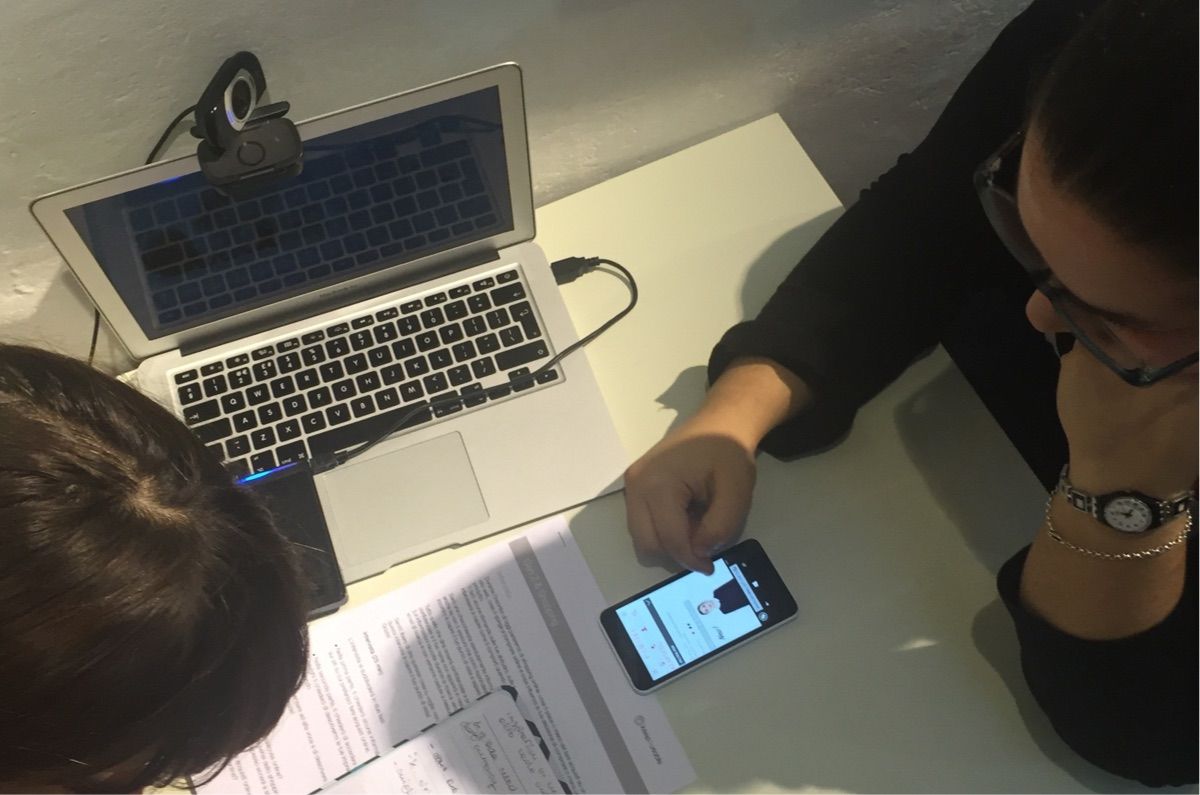5 User Tests every Product Manager should commission

You’re very busy, in and out of meetings all day, managing projects and making decisions that will create a successful product. You’re managing expectations and dealing with multiple conflicting opinions from stakeholders, everyone has a different idea and vision – perhaps you rely on your gut instinct to make the final decision.
It’s great to have lots of ideas but how do you refine these to those that will really resonate with your users and be a huge success? How do you then build these into successful products? How do you validate ideas and evidence required changes? The answer is user testing.
5 User Tests
1. Concept tests
The start of a project is the perfect time to begin research with your target users. Are you guilty of waiting until the build is complete before running your first user test? This is a very high risk strategy. We’ve been called into projects at the last minute to test before launch because concern sets in that perhaps the site/software/app actually isn’t all that great. The initial cost saving of not running any user research in the early stages is not worth it when you’re then faced with the overwhelming cost of redesign, development and additional time to launch, all resulting in potential lost sales.
2. SWOT competitor tests
Did you know you can run a full user test on all of your competitors? This enables you to understand their strengths, weaknesses, opportunities and threats to your product from a user perspective. The biggest assumption you should avoid making is that they have a good UX. They may well do no user testing, they may not be very good at user testing, they may do it but not interpret and implement the required changes very well, you can’t assume they are better than you you need to find out for certain. You should also include your own site in competitor tests so you can discover how users compare you against them and where you are strong/weak in direct comparison.
3. Features and functionality tests
You have a long list of things you want in the UI. Your stakeholders have their own lists. You all disagree what should be in the UI and which features should take priority. How do you decide? What you need is a user test focussed on determining which functionality and features are important for the user. We use tools to determine what should be included, the priority of importance, user expectations of each feature, where it should be within the navigation structure and interface and much more.
4. Prototype tests
How much time do you spend sat in meetings debating what the UI should look like and where things should go? Forget it. It doesn’t matter what you think, you need to remember you are not your user. Ask your designers to mock up your early wireframes in a prototyping tool. This can then be tested with users. It’s quick, effective and provides you with the peace of mind that your design is progressing in the right direction. Of course, if users respond negatively to it, at least you’ve caught this at a very early stage where alternatives can be mocked up and tested easily.
5. Visual design tests
So you’ve been user testing at the early stages and everything’s gone well, there’s no need to test at the end is there? Wrong. You should always test after the visual design stage. Visual design forms part of the user experience and is crucial to get right. Poor readability, poor CTA contrast, copy, imagery and many other factors can all have a big influence on usability and conversion. Don’t invest in UX all the way up to this stage then blow it on the final hurdle.
What next?
The next step is simple. If you’re curious about any of the above and how user testing will help you to create a more successful product, contact our user testing experts for free, friendly, no-ties advice.
Other posts you may find interesting:
Share this post: